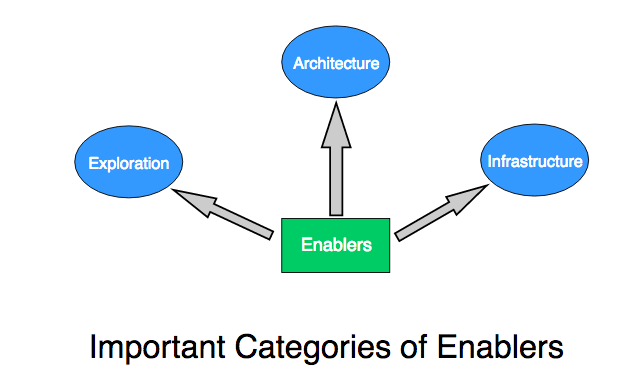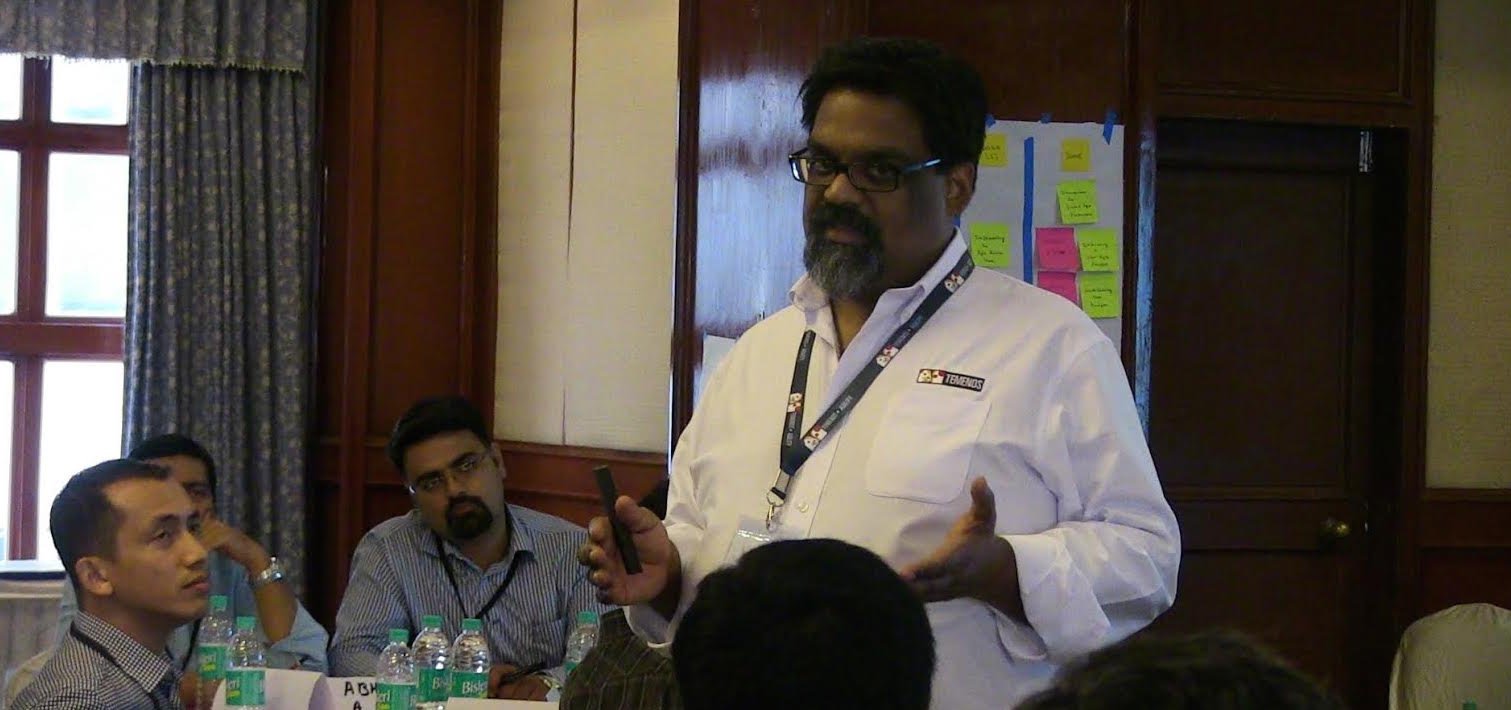Editor's Note: Original blog was published on: Apr 4, 2016
Enablers are technically entitled items that support the development of business. Facilitators play a vital role in assisting your business features, and they also aid in bringing visibility for possible work development. They help to stabilize the architecture, infrastructure and maintaining of customer needs. Enablers are the value-added work objects which allow estimating, obtaining visibility, getting feedback, and exhibiting results.

Architectural enablers are those who help to build a smooth and fast development in an organization. Infrastructure enablers support business development and quality checking by helping in high-quality testing and thus aids in more rapid growth. Exploration enablers allow understanding the customer needs and thus obtain alternative solutions.
The different kinds of enablers are found on all four levels of the scaled agile framework. Facilitators carry over the type of work to which they are incorporated , and they exhibit accordingly.

The enablers are created to perform business development effectively. This helps to validate the customer requirements, integrate the initiatives, and to obtain a smooth runway for performing all tasks.
Many a time enablers are created by system engineers or by architects at different levels, in a case of portfolio level the enablers are formed by Enterprise Architects, wherein the value stream level the enablers are constituted by Solution Architects/Engineering, and at a program level, they are framed by System Architects/Engineering.
Architect's control the enablers through the Kanban system, which helps to analyze them adequately quickly. This also supports in collecting the required information for easy implementation. In a few cases, the enablers are created depending on the Agile Release Trains, Agile Teams, or even according to the requirement of value streams for improving the existing solutions.
The capacity allocation of the product backlogs in Kanban systems of program and value streams plays an essential role in forming the enablers. The backlogs should be refined to perform the tasks effectively. Here the capacity allocation can be practiced for the whole enabler, or it can be comprehended to individual types of enablers.
Few enablers epics and enabler capabilities can be applied for multiple value streams or ARTs subsequently. While analyzing a Kanban system, it is most significant to decide whether to implement the enablers at the same time or to add it incrementally. This allows reducing the risk of executing a single decision or multiple in a system at a time.
References:
http://www.scaledagileframework.com/enablers/
https://agilemanufacturing.wordpress.com/6-enablers-for-agile-manufacturing/